- The progesterone challenge test is is also referred to as a progestin challenge
- It is done by givng a progestin medication and seeing if this induces a menstrual period
- This same protocol of giving a progestin is often used to induce a period in women with irregular periods:
- if she has not had a period for a while
- if she skipped a period
How the Test Works
The progesterone challenge test is done by giving oral medroxyprogesterone acetate (Provera) 10 mg daily for 5-10 days or one intramuscular injection of 100-200 mg of progesterone in oil.
A positive response is any bleeding more than light spotting that occurs within 2 weeks after the progestin is given. This bleeding will usually occur 2-7 days after the progestin is finished.
Withdrawal bleeding will usually be seen if the patient’s estradiol level has been over about 40 pg/ml.
Possible Outcomes of the Test
- If the patient experiences bleeding after the progestin she has estrogen present but is not ovulating (anovulation).
- If no withdrawal bleeding occurs, either the patient has very low estrogen levels or there is a problem with the outflow tract such as uterine synechiae (adhesions) or cervical stenosis (scarring).
Women with Withdrawal Bleeding
- The test has demonstrated that she builds up a lining in the uterus.
- She bleeds after progesterone is withdrawn – showing that it is the lack of ovulation that is causing her not to have periods.
Possible Diagnoses for Women with Withdrawal Bleeding
Women without Withdrawal Bleeding
Possible Diagnosis
- Hypothalamic hypoestrogenism (low estrogen levels)
- Compromised outflow tract – either Asherman’s syndrome (adhesions) or cervical stenosis (scarring)
- Premature ovarian failure
The Next Step: Give Estrogen and Progestin to Distinguish Between Hypoestrogenism or an Outflow Tract Obstruction (Asherman’s Syndrome or Cervical Stenosis)
Give estrogen to ensure endometrial proliferation, followed by a progestin to induce withdrawal bleeding. A course of 2.5 mg of Premarin for 21 days including 10 mg of Provera on days 17-21 should be adequate.
- If bleeding occurs, amenorrhea is due to hypoestrogenism (hypothalamic amenorrhea or premature ovarian failure).
- If bleeding does not occur, then most likely it is an outflow tract obstruction – either Asherman’s syndrome or cervical stenosis.










